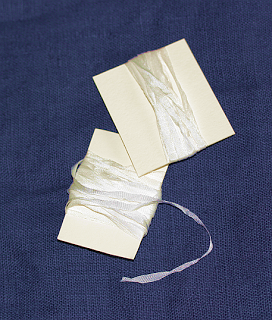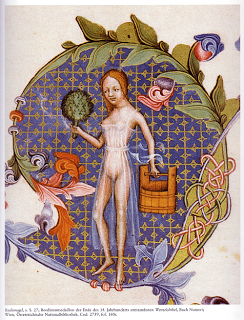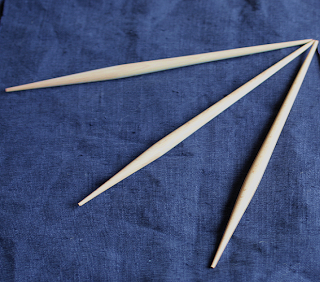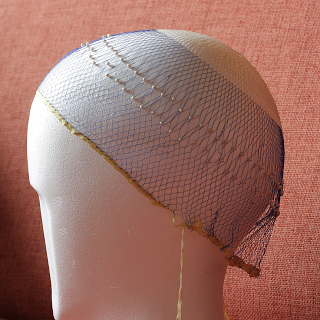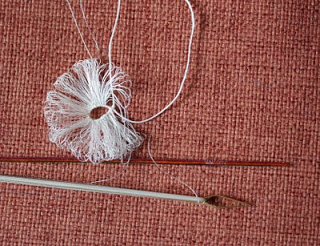I more or less like deadlines. After all, this means that there is a set date at which it will all be over. I'm trying to meet all my deadlines, of course, but that means that I'm often wrestling with last problems and last-minute ideas in the week before, resulting in rather intense concentration on the one topic.
So the deadline, to me, is not only the set and slightly dreaded "time to be all finished", it's also the point of time after which I know I can turn again to other things. And this is rather nice, because while the projects are usually something I like to do, it can get a bit too much when immersed deeply for a longer stretch of time. And during the last days, other things are usually left to form heaps, literally and figuratively speaking, because I'm not able or willing to spend the extra effort on them.
When I've handed in something, I try to take a day or two off. That is needed anyway, because even when I try to put in a proper work day after T-0, there won't be much coming off it, resulting in frustration only. So the time is better spent for relaxing and recharging the batteries of the self.
After the deadline is before the deadline, though, so I usually need to get back on track pretty quick. And that is the thing I like least about the full immersion and the slack-off day after T-0: That it can be rather hard to take up all these other threads of thought and of work again and get back onto them. And this is exactly what I need to manage today, with new deadlines approaching (Cave Gladium one of them) and quite some things to take up again...
So the deadline, to me, is not only the set and slightly dreaded "time to be all finished", it's also the point of time after which I know I can turn again to other things. And this is rather nice, because while the projects are usually something I like to do, it can get a bit too much when immersed deeply for a longer stretch of time. And during the last days, other things are usually left to form heaps, literally and figuratively speaking, because I'm not able or willing to spend the extra effort on them.
When I've handed in something, I try to take a day or two off. That is needed anyway, because even when I try to put in a proper work day after T-0, there won't be much coming off it, resulting in frustration only. So the time is better spent for relaxing and recharging the batteries of the self.
After the deadline is before the deadline, though, so I usually need to get back on track pretty quick. And that is the thing I like least about the full immersion and the slack-off day after T-0: That it can be rather hard to take up all these other threads of thought and of work again and get back onto them. And this is exactly what I need to manage today, with new deadlines approaching (Cave Gladium one of them) and quite some things to take up again...







